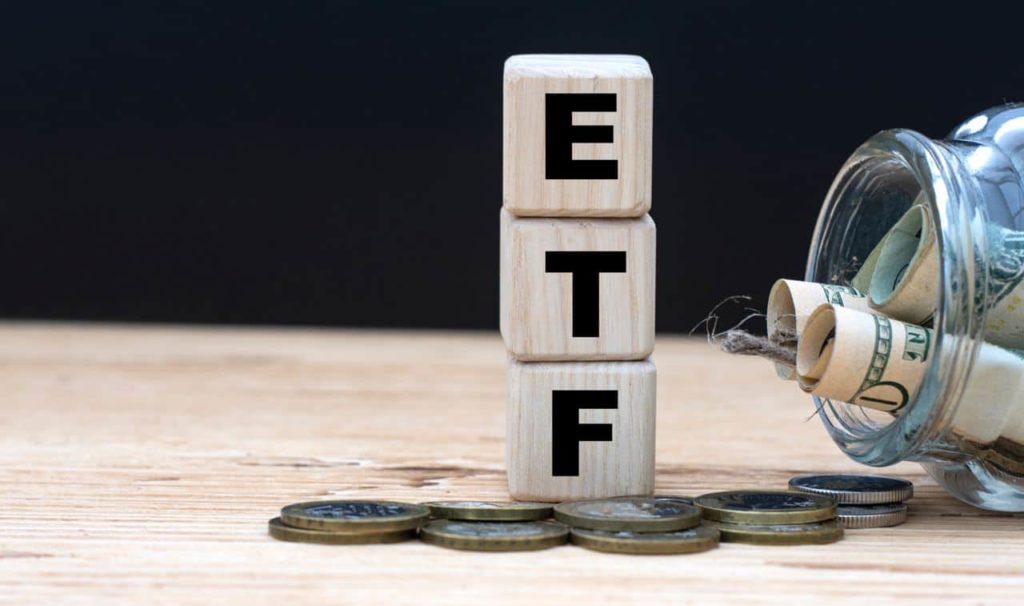With global growth forecasts slashed left and right and inflation raging, worries about a possible recession are increasing. Meanwhile, food and energy costs are skyrocketing while the war in Ukraine rages on, supply chains remain for the most part disrupted, and possible stagflation is creeping up on consumers.
Moreover, the stock market is now in a bear market as drops in the S&P 500 have exceeded 20% year-to-date (YTD). Given such a backdrop, Finbold researched and found two exchange-traded funds (ETFs), which could prove to be recession-proof for investors to put on their watchlists.
iShares MSCI Global Gold Miners (NASDAQ: RING)
In short, 2022 has seen commodity prices shoot up in a choppy market usually signified by investors looking for safe havens. Gold is typically a place to hide for investors during recessions and broad market turmoil, which is currently playing out. Some notable market specialists go so far as to claim that in the next couple of years, we will see gold reaching $5,000 price tags.
All of these developments favor the gold miners, who will benefit from increased margins if the price for the yellow metal keeps rising. Meanwhile, RING has a compact portfolio of roughly 40 miners, with Barrick Gold (NYSE: GOLD) being one of the core holdings. Yet, the greatest risk to the ETF besides a drop in gold prices is the weight Barrick and Newmont (NYSE: NEM) carry in their portfolio, namely 14.57% and 22.1%, respectively.
Even so, shares of the ETF are down 10% YTD, mostly due to wider market sell-off and energy price increases. Meanwhile, the last trading session has seen the shares breach the October 2021 support line of around $24, indicating that more downside could be seen before a possible recovery occurs.
The Utilities Select Sector SPDR ETF (NYSEARCA: XLU)
The utility sector was one of the rare sectors that held up fairly well in 2022, while tech names were getting crushed. With $16.6 billion in assets and a 3.1% dividend yield, XLU presents potentially a well-diversified way of getting into the utility sector. Potentially the largest stumbling block of the ETF could be the weight of NextEra Energy (NYSE: NEE), which stands at over 15%.
Further, the Bidden administration took issues with solar producers wanting to introduce tariffs on imported solar panels; however, that issue seems to be going in favor of solar companies at the moment. Accordingly, the electric utilities take 63.5% of the ETF, followed by multi utilities at 30.9% of the portfolio.
Moreover, shares have seen some volatility in the past couple of sessions, with noticeable volume increases and selling pressure dropping the shares by over 11% in the last five days. Presently, the stock is trading below all daily Simple Moving Averages (SMAs), with the resistance of around $64 not yet broken.
On the whole, both gold and utility stocks historically do a solid job during periods of large market swings and drawdowns.
Of course, no recession or market downturn is the same, so predicting which sector will be completely spared is close to impossible. Yet, the above two ETFs seem well-diversified and positioned in sectors that should do well if the market turmoil protracts.
Disclaimer: The content on this site should not be considered investment advice. Investing is speculative. When investing, your capital is at risk.








